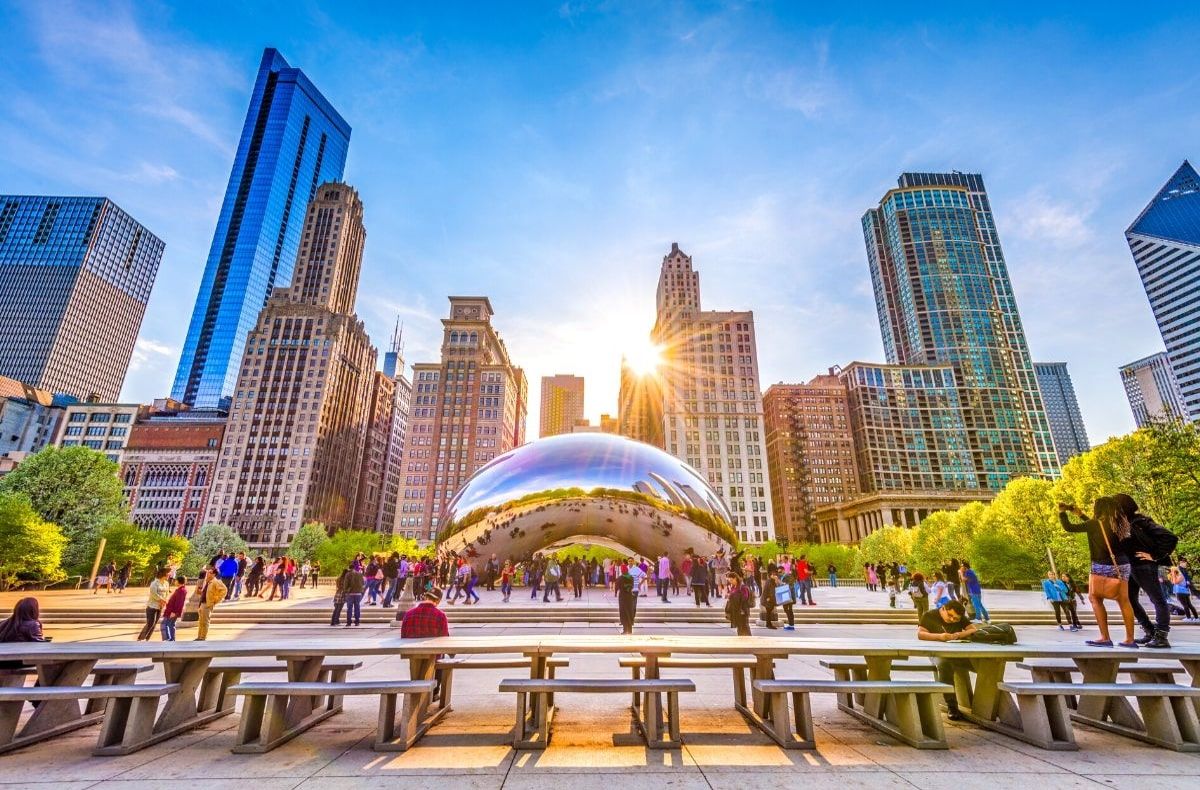
Oral Semaglutide in Real-world Study Found Highly Effective for Uncontrolled HbA1c

ADA 2022: Oral semaglutide may be particularly effective for T2D patients with HbA1c ≥9% and prescribed more frequently for these patients by primary care clinicians.
Oral semaglutide prescribed in real-world clinical practice is an effective antihyperglycemic for patients with
Oral
The study was a retrospective observational analysis using medical and pharmacy claims data from commercial customers and Medicare Advantage Part D enrollees between November 2018 and December 2020. Inclusion criteria comprised age ≥18 years, ≥1 claims for oral semaglutide (first claim = index date) between November 2019 and June 2020, ≥1 T2D diagnosis during the pre-index period, and continuous enrollment for 12 months before and including index (baseline) and 6 months post-index (follow-up). Pregnancy was an exclusion criterion.
Findings for change in HbA1c and patient characteristics were divided by participants’ last baseline HbA1c, <9% or ≥9%.
Findings
Investigators identified 3466 patients with ≥1 claim for oral semaglutide and of those, 994 had ≥1 HbA1c value during baseline. Among this population, 267 participants had HbA1c ≥9% and 727<9%.
When they looked at participant characteristics, the researchers noted that patients with baseline HbA1c <9% were slightly older (59.6 years) than patients with HbA1c ≥9% (57.6 years) (P = .018). The group with HbA1c <9% was 50.4% men and 63.1% had commercial coverage. They found no significant differences between the HbA1c groups in the proportion of patients with atherosclerotic cardiovascular disease,
For all participants with baseline and follow-up A1c values (n = 652), the mean change in HbA1c was -0.79%. Among those with baseline HbA1c ≥9%, mean change was -1.99% compared to -0.35% among patients with HbA1c <9% (P <.001).
Within a subset of "persistent" patients (≥90 days of continuous semaglutide treatment and ≥1 HbA1c measure after ≥90 days of treatment; n = 200), the HbA1c ≥9% group had a mean change of -2.7% while the change among those in the A1c <9% group was -0.48% (P <.001).
A further observation was that a higher percentage of persistent patients with baseline HbA1c ≥9% (86.8%) experienced a change in the glucose surrogate level of ≥1% compared to those with baseline at <9% (31.5%; P = .001). When the researchers looked at index prescriptions for semaglutide, they found that 43% of patients were prescribed the recommended 3 mg starting dose.
Of interest, the research team found that half (50.6%) of index treatments were prescribed by primary care and internal medicine clinicians and that a higher percentage of patients with A1c <9% were first prescribed semaglutide by an endocrinologist (24.4% vs 16.1%; P =.006).
The investigators conclude that oral semaglutide is effective for treatment of T2D in real world clinical practice and that it has a particularly beneficial impact on individuals with uncontrolled HbA1c before treatment is initiated. The findings also suggest that persons in this population are more often prescribed oral semaglutide by a primary care clinician than an endocrinologist.
“More research is needed to understand the relationship between provider specialty, A1c values, and prescribing patterns,” they said.
Reference: Frazer MS, Swift C, Leszeko M, et al.
Newsletter
Enhance your clinical practice with the Patient Care newsletter, offering the latest evidence-based guidelines, diagnostic insights, and treatment strategies for primary care physicians.




















































































































































































































































































































